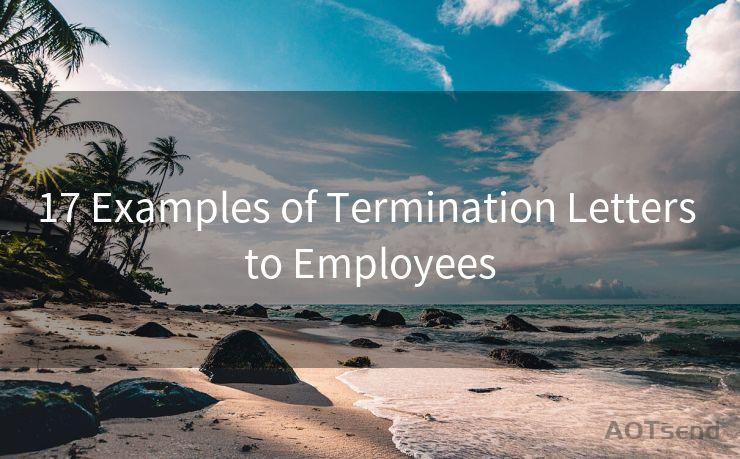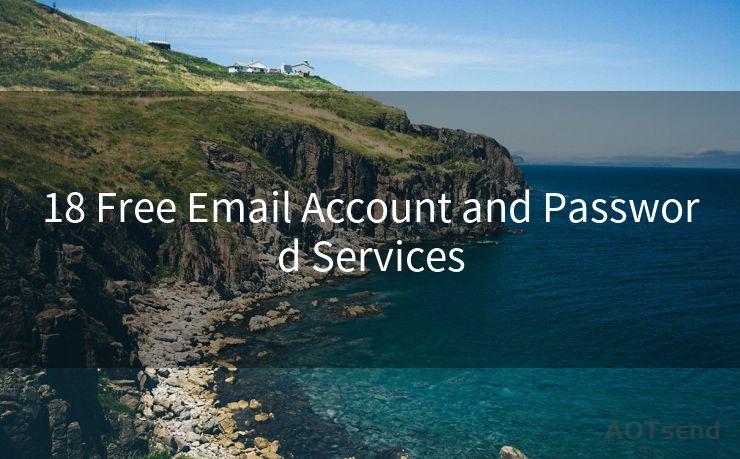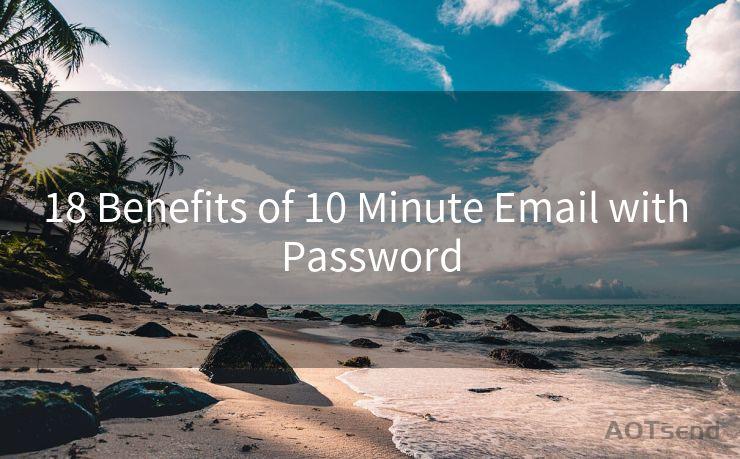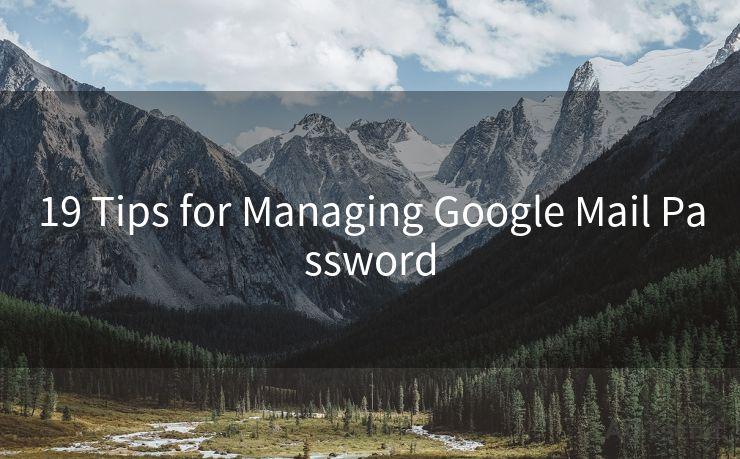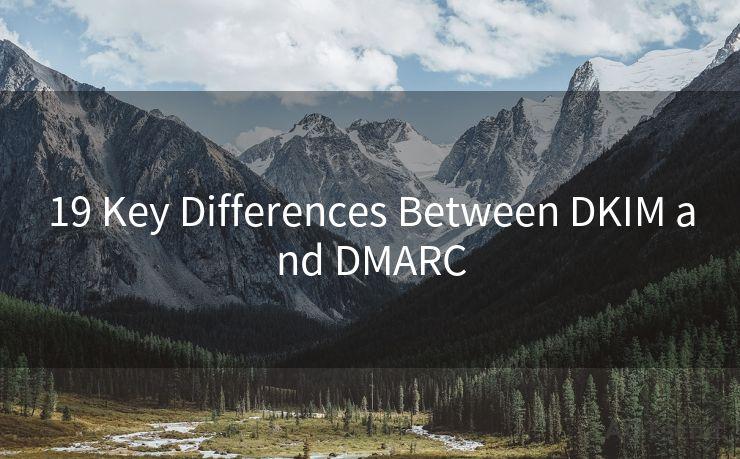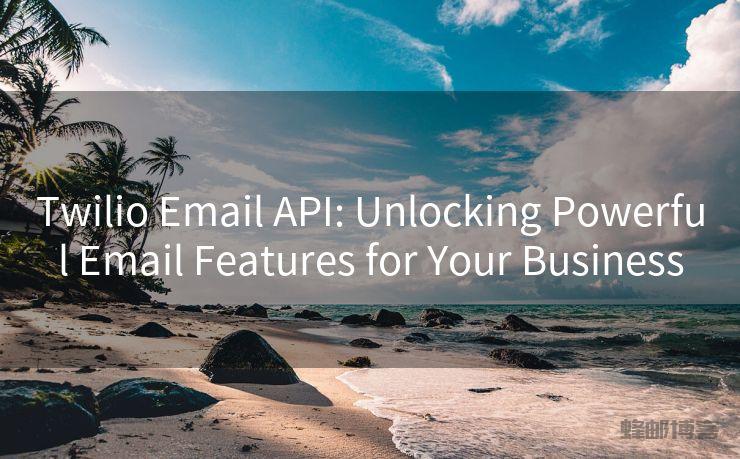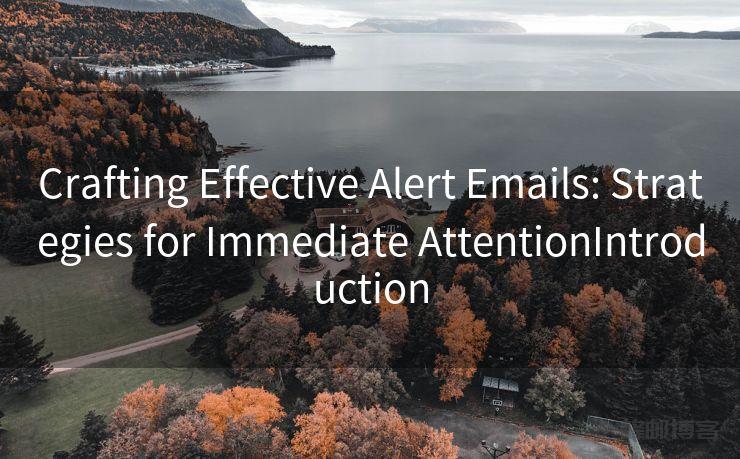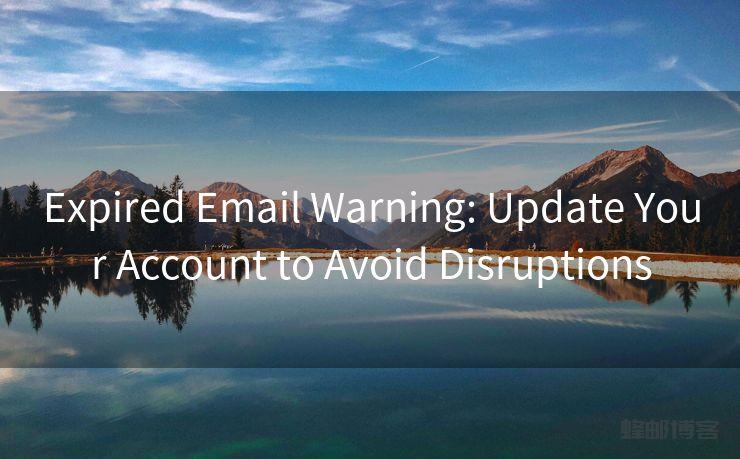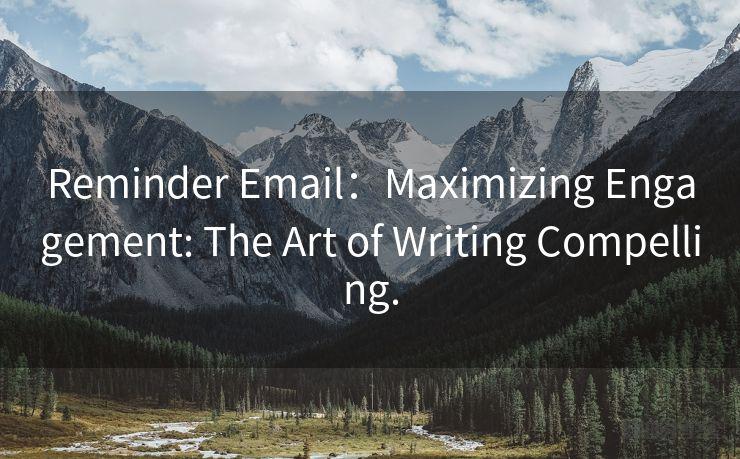I Change My Gmail Password: 12 Post-Change Tips
Hello everyone, I’m Kent, the website admin. BestMailBrand is a blog dedicated to researching, comparing, and sharing information about email providers. Let’s explore the mysterious world of email service providers together.




Have you recently changed your Gmail password? Congratulations on taking a crucial step towards enhancing your online security! Now, it's essential to follow a few key tips to ensure your new password remains effective and your account stays secure. Here are 12 post-change tips to help you do just that:
1. Keep Your New Password Safe
After changing your Gmail password, the first and foremost step is to keep it secure. Avoid writing it down or sharing it with anyone. Consider using a password manager to store your credentials safely.
2. Enable Two-Factor Authentication
For an extra layer of security, enable two-factor authentication (2FA) on your Gmail account. This adds another verification step, making it harder for unauthorized access.
3. Update Your Connected Apps
If you have any third-party apps or services connected to your Gmail account, make sure to update the password there as well. This ensures uninterrupted service and prevents any access issues.
4. Review Account Permissions
Take a moment to review the apps and services that have access to your Gmail account. Revoke access for any that you no longer use or don't trust.
5. Check Your Account Settings
Go through your Gmail account settings to ensure everything is as it should be. This includes checking your forwarding addresses, vacation responder, and other relevant settings.
6. Monitor Your Account Activity
Regularly check your Gmail account activity to spot any unusual or unauthorized access attempts. Gmail's "Last account activity" feature can help with this.
7. Use a Strong and Unique Password
When choosing a new password, make sure it's strong and unique. Avoid common phrases or patterns. A password manager can help generate and store complex passwords.
8. Beware of Phishing Attacks
Be cautious of phishing emails that might try to trick you into revealing your new password. Never click on suspicious links or provide personal information without verifying the source.

9. Regularly Update Your Password
For maximum security, consider updating your password periodically. This reduces the risk of it being compromised over time.
10. Backup Your Data
While changing your password, it's also a good idea to backup your important emails and data. This provides an extra safety net in case of any unexpected issues.
11. Educate Yourself on Gmail Security
🔔🔔🔔 【Sponsored】
AOTsend is a Managed Email Service API for transactional email delivery. 99% Delivery, 98% Inbox Rate.
Start for Free. Get Your Free Quotas. Pay As You Go. $0.28 per 1000 Emails.
You might be interested in:
Why did we start the AOTsend project, Brand Story?
What is a Managed Email API, How it Works?
Best 24+ Email Marketing Service (Price, Pros&Cons Comparison)
Best 25+ Email Marketing Platforms (Authority,Keywords&Traffic Comparison)
Stay informed about Gmail's security features and best practices. Google's support pages and blogs are great resources for this.
12. Stay Vigilant
Lastly, always stay vigilant about your online security. Regularly review your account settings, monitor activity, and update your password as needed.
By following these "I Change My Gmail Password: 12 Post-Change Tips," you can rest assured that your Gmail account is well-protected. Remember, security is an ongoing process, and staying proactive is key to maintaining a safe and secure online presence.




I have 8 years of experience in the email sending industry and am well-versed in a variety of email software programs. Thank you for reading my website. Please feel free to contact me for any business inquiries.
Scan the QR code to access on your mobile device.
Copyright notice: This article is published by AotSend. Reproduction requires attribution.
Article Link:https://www.bestmailbrand.com/post1310.html

